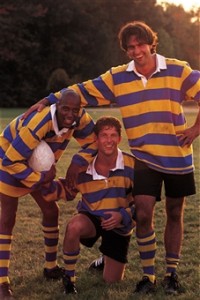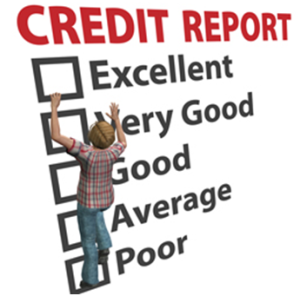 |
Joining a sports league is the best way to start or maintain a fitness routine. Playing an organized sport can benefit your physical, mental and emotional health.
Where to start Gather a bunch of people together, form a team, and join a sports league. You can even join by yourself and get assigned to a team. It may seem intimidating at first, but you will probably end up with some new friends in no time. Sports leagues are not free, in fact, they can be quite expensive. Luckily for a team, the cost can be split among many people. Another alternative is to find a sponsor. Many small businesses will gladly sponsor teams, especially if the team wears shirts with the business logo or name on it, or otherwise supports the business. If money is tight and you cannot afford |
to join a sports league, start your own. Gather some friends together and agree to meet once a week for some fun and workout.
Physical benefits
In addition to the benefits of physical exercise you get during the game, the adrenaline rushes will make you feel good and want to exercise more often. This will have a snowball effect, and you will feel better and better and want to exercise even more.
Mental benefits
Focusing your mental powers on something completely different from your daily routine is a fantastic way to relax. This will help you better tackle whatever your daily grind requires, improving your overall well-being and the efficiency needed at work or school.
Emotional benefits
Hanging out with friends a few hours a week can do wonders for your emotional health. Getting together with people who share the same interests makes us feel more connected.





